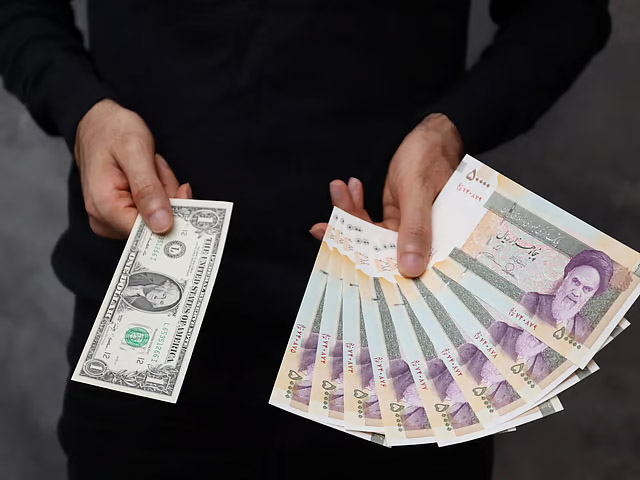Iran’s Currency Plummets to Record Low Against the Dollar Amid Rising Regional Tensions
Iran’s Rial Hits Historic Low Against U.S. Dollar as Regional Tensions Escalate
Iran’s national currency, the rial, plunged to a new all-time low against the U.S. dollar this week, intensifying concerns about the country’s already fragile economy. The sharp devaluation comes as political tensions in the Middle East rise, further destabilizing financial markets and shaking investor confidence.
On Saturday, unofficial exchange rates in Tehran soared past 700,000 rials per U.S. dollar—a stark reflection of the growing pressure on Iran’s currency market. This marks the steepest fall in the rial’s value since the 1979 Islamic Revolution and underscores deepening economic turmoil fueled by sanctions, diplomatic isolation, and recent military escalations in the region.
Economic analysts attribute the currency collapse to a combination of factors, including international sanctions, dwindling foreign reserves, and widespread public mistrust in the government’s ability to manage the crisis. The latest currency shock also coincides with renewed fears of potential military confrontation involving Iran and its regional rivals, which has led to increased capital flight and demand for safe-haven currencies like the dollar.
“The rial is no longer just suffering from bad economic policy—it’s reflecting geopolitical panic,” said Dr. Reza Vahidi, an Iran-focused economist based in Europe. “People are scrambling to convert their savings into dollars, gold, or crypto as a hedge against complete financial collapse.”
Adding fuel to the fire is Iran’s strained relationship with the West. Ongoing tensions with the United States, particularly over Iran’s nuclear program and regional military activity, have resulted in further diplomatic isolation and tightened access to international markets. Efforts to revive nuclear talks have stalled, and the possibility of new sanctions remains on the table.
On the ground, the impact of the rial’s fall is being felt most by ordinary Iranians. Prices of basic goods have surged, unemployment remains high, and inflation is reportedly well above 50%, according to unofficial estimates. Many Iranians are struggling to afford daily necessities, and public frustration with the government is growing.
Local reports suggest that black market activity is surging as citizens bypass official currency exchange controls. Businesses that rely on imported materials are being hit hardest, with some forced to shut down or lay off workers due to soaring costs.
In response to the crisis, the Iranian Central Bank issued a statement urging calm and vowing to stabilize the currency. However, many economists remain skeptical, citing a lack of credible monetary tools and transparency.
“The government’s toolbox is empty,” said a Tehran-based financial analyst who spoke on condition of anonymity. “Unless sanctions are lifted and diplomatic channels reopen, this currency freefall could become the new normal.”
The latest currency collapse marks yet another chapter in Iran’s long-running economic saga—one shaped by sanctions, corruption, and growing regional volatility.
As the rial continues to lose value and tensions in the Middle East intensify, the international community is watching closely, aware that Iran’s economic instability could have ripple effects across the region.
Stay tuned for continuous coverage on Iran’s financial crisis, Middle East developments, and global economic implications.
Source : Swifteradio.com


